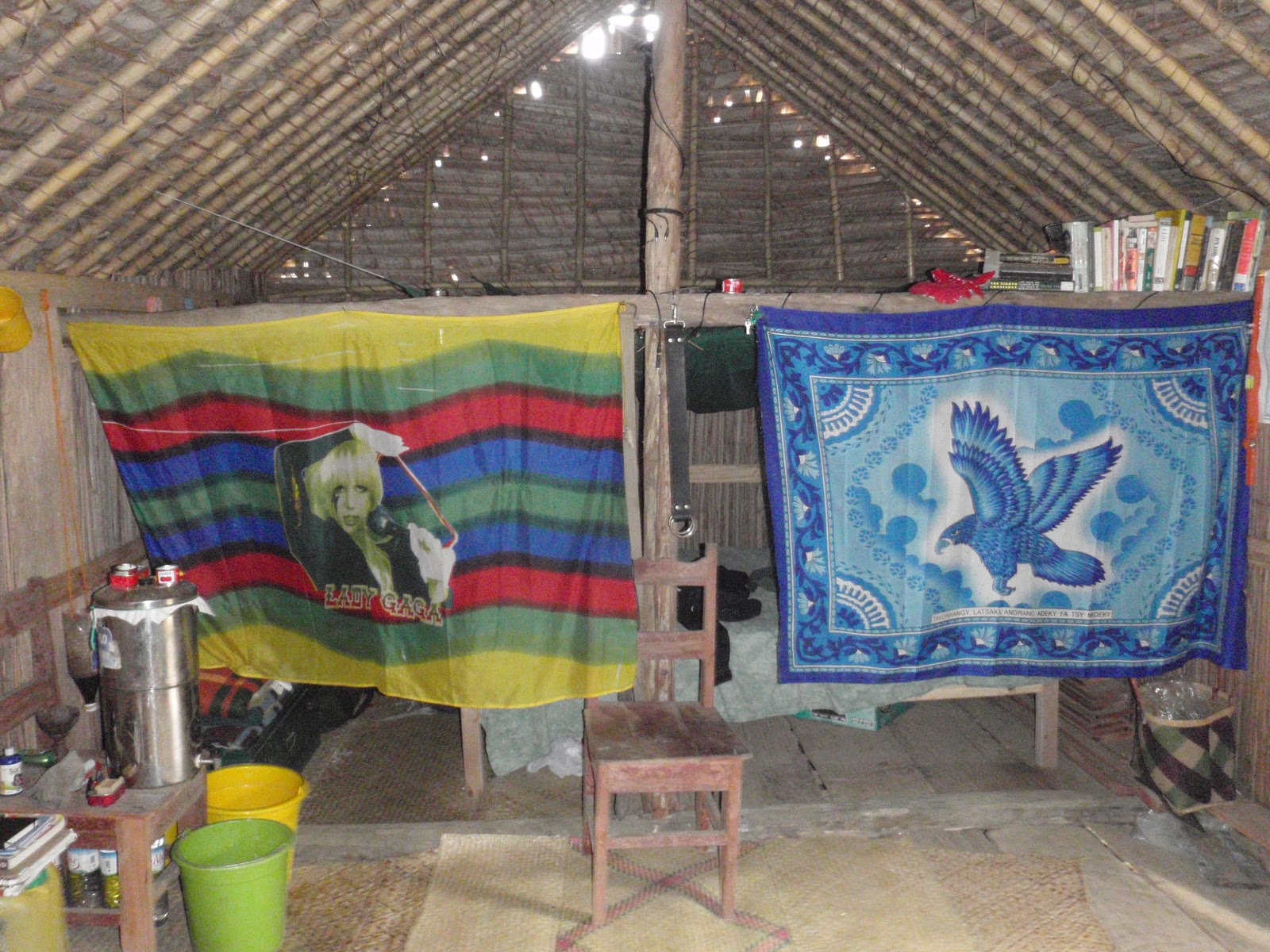That’s the name of our first rice dehulling/winnowing machine which came into this world on the 22nd of February 2013. We had a basic design and one requirement; the machine must cost less than 100,000 AR ($50). Now that seems pretty difficult in states alone, but in here in Mada there simply aren’t the same materials available and that forces one to return again and again to the drawing board. Initially we thought that we’d be able to source most bearings and gears from bike shops in Manakara however although these materials were sometimes available, they quickly drove our build cost over our limit; if we can’t build it for less than that then there’s no way someone in the Ambany volo (countryside) can. So from here we realized that a majority of the parts would have to made from wood, there simply is no other material that blends strength, workability, and cost like wood. This meant that instead of buying the parts and putting them together we would be spending most of our time carving and sanding the machine bits of Lucky Cricket.

The Soon To Be Legendary Lucky Cricket
So on that first Monday mornin’ Leo and I hit the lumber yard, bought the frame material for our machine, and hired a pos-pos (rickshaw) to haul it back to our build site in Manakarabe. We then spend the rest of the day cutting the boards and posts by hand, but not until we had settled on our design could we assemble the frame. After biking ‘round the market it was time to rethink our initial idea of using PVC for rollers coupled with bike bearings, they were simply too expensive. We slept on the idea and the next day decided that it would be possible to make the same rollers from wood. We spent the better part of the morning tracking down dowels only to discover that store that sold them was closed for lunch and would reopen after 2:00; most stores close @ noon, and it’s difficult when you’re not really sure what you’ll need and when, to complete a project. Now we had our rollers which would gently pinch the husk from the rice leaving that germ that the Gasy know and loves so well. But what we didn’t have was a sound way gearing the rollers and against each other and ultimately attaching to a bicycle, you can’t buy single gears of the same size. So we realized we could make our own gears by fixing nails bent into a U along the rollers. We got inventive and the by the next morning we had our rollers geared and moving in opposite directions. Our design features two stages of rollers so that any husks that sneak through the first set are removed by the second but this means that the two stages must be attached by a belt or chain so that they work in unison. We didn’t have sprockets small enough for the job, so building upon the success of U nail gears we thought that we could make nailed teeth that would function with a bike chain. After carefully cutting the nails that would become the teeth, we marked the holes, drilled them, and secured the teeth with a small bit our epoxy. Now we needed to make our machine appealing to the mechanical bits of a bicycle. We selected one roller to be the drive and carved its end to mate with the crank and chain ring of a bicycle. Now Lucky Cricket can be powered by bike or by hand when a bike isn’t available because we fixed a handle to the crank. The machine required some tuning but it performed well, and earned us approval from the top to improve upon our design and eventually apply for funding to develop the machine in mass. Our final budget was 36,000 AR ($18) and that’s about as cheap as we can build it, but now we know exactly how to make little improvements upon the machine and make it easier to build and more reliable.

All this for less than $18
The new AG trainers and I got to duck the heat this past week as we designed the training for the new volunteers in Mantasoa. It was amazing at night a blanket became a must and during the day there was nice chill from the breeze off the lake. We discussed improvements to the training and then we selected our training areas and weeks. I’ll be training the first week of April on Seed Selection/ Preservation and Integrated Pest Management, along with work in the Tanibary. Since my training in 2012 the PC Training Center in Mantasoa has build a large terraced garden and rice field and it’ll provide a far more complete training experience for the new volunteers. So until then I’ll be heading back to site to care for the school gardens and to harvest my rice field with a little help from my friends.
Salama
Nick














